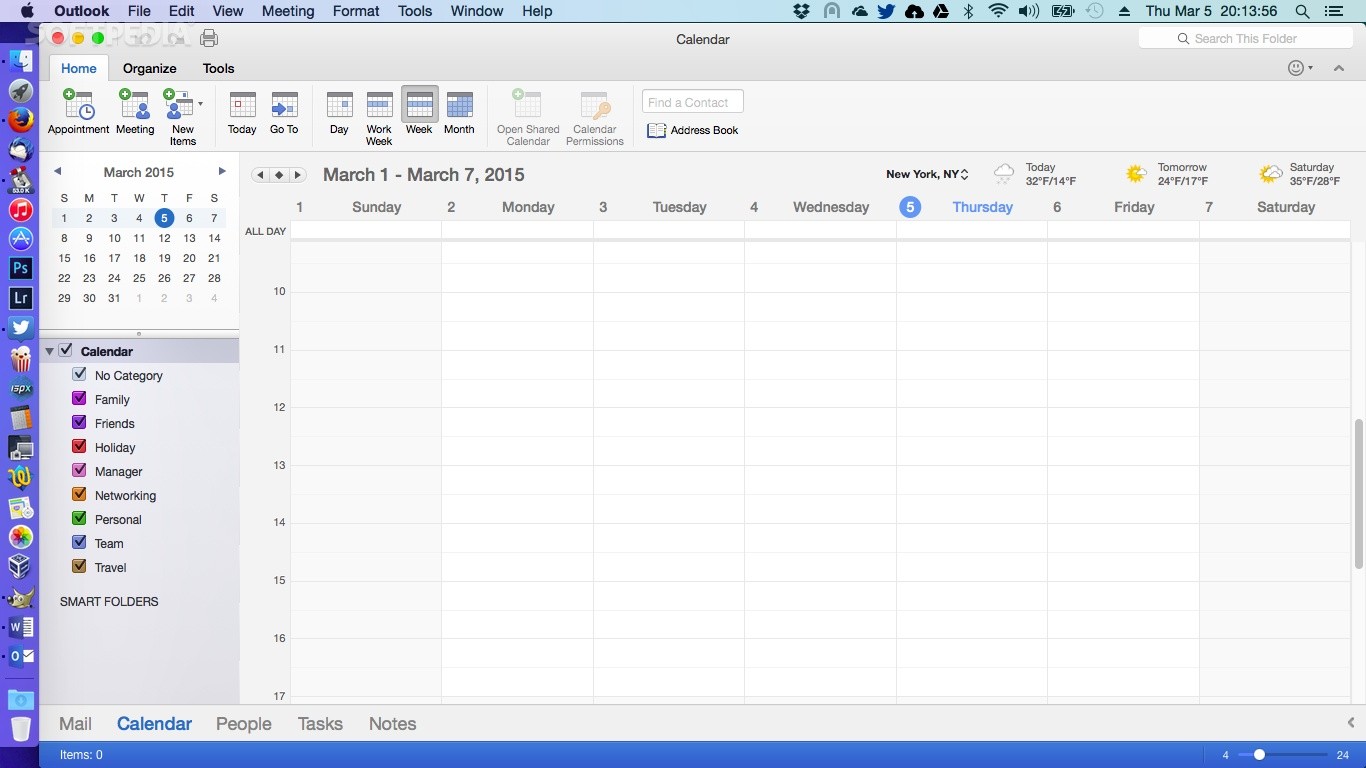


The suspicious sender or reply-to address: always treat messages from unknown or unfamiliar senders or accounts with extra caution.Common “red flags” or indicators include: Phishing messages can range from very basic to highly sophisticated. No McMaster email address will ask for your credentials. DO NOT reply to phishing emails with confidential information such as login credentials.If possible, navigate to the website manually. Hackers can create fake yet identical login pages. Be Careful of entering usernames, passwords, or other sensitive information on websites.Hover our mouse over links to see the destination URL. Fake websites or pages can install malware. Be Careful of opening email attachments from unsolicited senders.To stop attackers from achieving this, when you receive a suspicious email: The main goal of a phishing attack is to get the individual to do something that compromises the security of their system and/or potentially their organization. Attacks that target a specific individual or organization are commonly referred to as spear phishing attacks. Phishing attacks can be generic or customized and can target both individuals and entire organizations.

Phishing is a type of online attack in which an attacker - using both technological and psychological tactics - sends one or more individuals an unsolicited email, social media post, or instant message designed to trick the recipient into revealing sensitive information or downloading malware. If you have not given permission to receive unwanted mail from a sender, you can also report them to the Canadian Radio-television and Telecommunications Commission. Learn about the legislation as well as how to protect yourself from spam and how to report it when necessary. You are protected against spam under Canada’s anti-spam legislation (CASL). If you receive mail from a sender you recognize and you cannot unsubscribe, you can BLOCK them and move the mail to your JUNK folder The Outlook team actively monitors this forum. To request additional export options, visit the Outlook Suggestion Box to leave your feedback. The only export option available at this time is the. I want to export to iCloud or to some other type of archive file Choose Finish.įor information on how to access the data that you've saved in an Outlook for Mac Data File (.olm), see Import email messages, contacts, and other items into Outlook 2016 for Mac. Once your data has been exported, you'll get a notification. In the Save As box, under Favorites, choose the Downloads folder, and click Save. In the Export to Archive File (.olm) box, check the items you want to export, and choose Continue. If all Outlook updates are applied and you still don't see the Export button, look for Export on the Outlook File menu. On the Outlook Help menu, click Check for Updates. Note: Don't see the Export button? Make sure you have the latest version of Outlook.


 0 kommentar(er)
0 kommentar(er)
